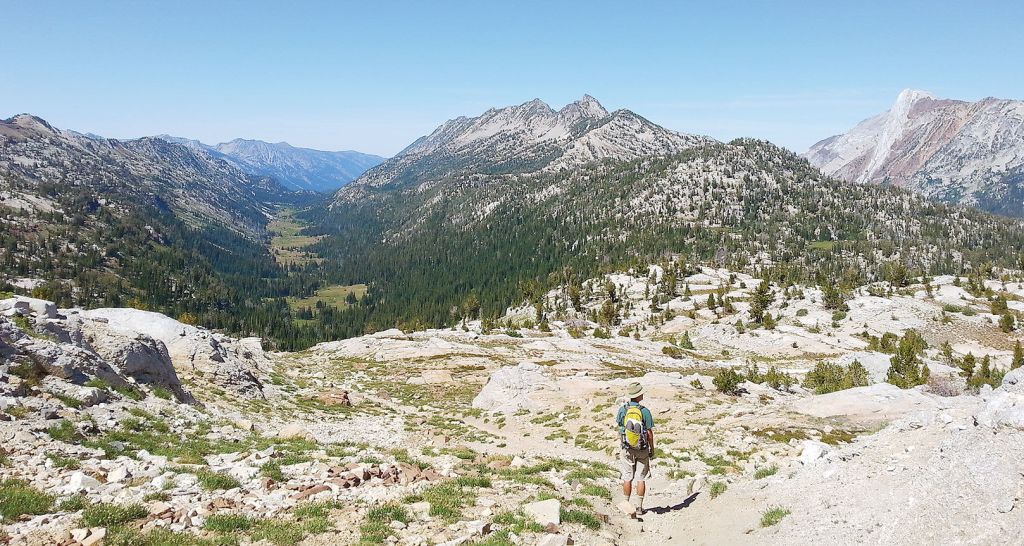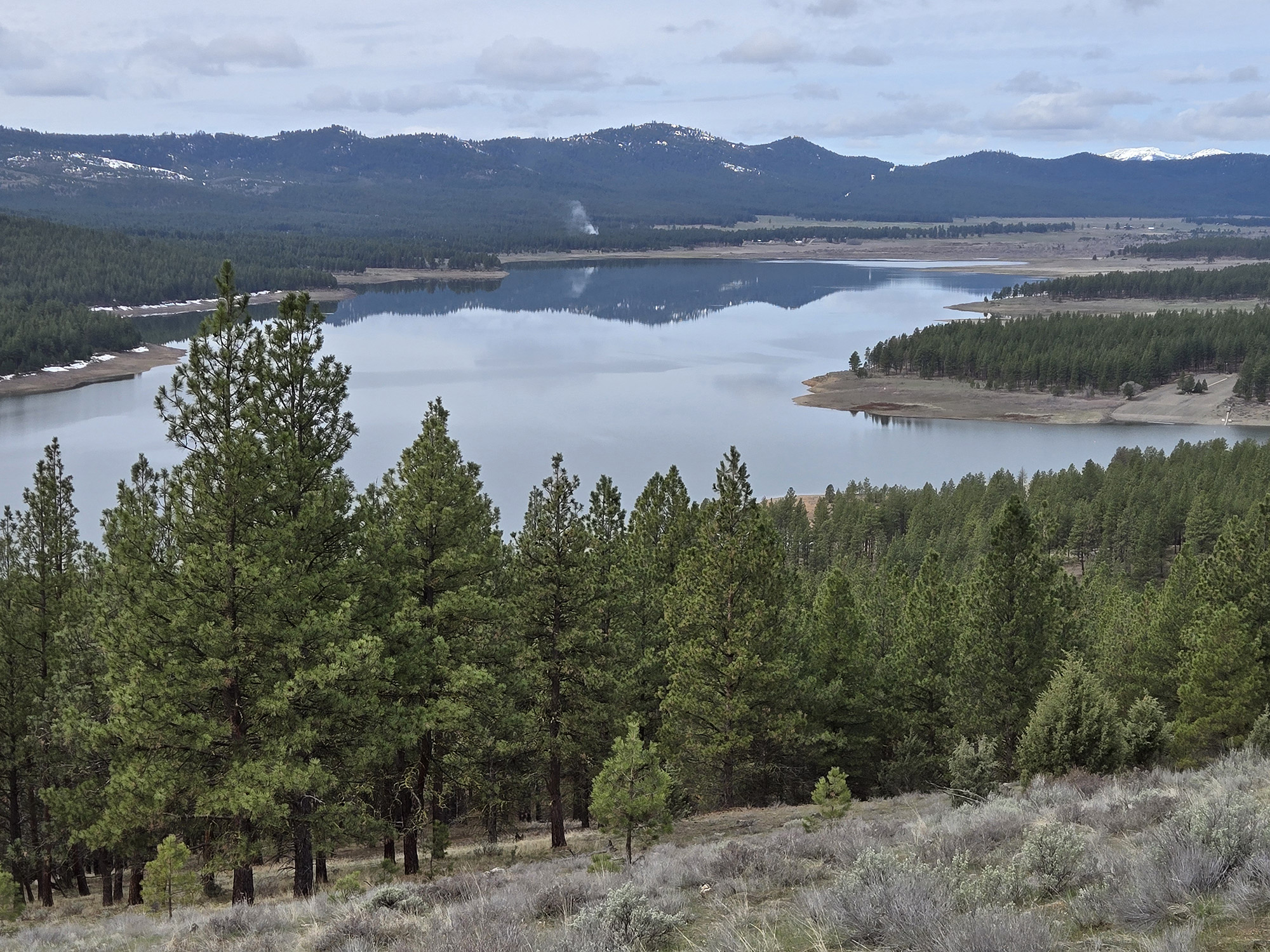Space To Spread Out
Published 9:30 am Saturday, August 22, 2020
In the Eagle Cap Wilderness, social distancing is better measured in miles than in feet.
Trending
But the effects of the coronavirus pandemic have spread even to the Eagle Cap, Oregon’s biggest federal wilderness at 365,000 acres and a place where it’s not uncommon for visitors to pitch their tent several miles from the nearest person.
And possibly farther than that from the closest road.
The effects aren’t dramatic, but they have been noticeable, said Sweyn Wall, the recreation, trails, wilderness and special uses coordinator at the Wallowa-Whitman National Forest’s Wallowa Mountains Office in Enterprise.
Trending
Wall said Forest Service wilderness rangers and other employees have reported a significant rise this summer in the number of people visiting the Eagle Cap Wilderness and, to a lesser extent, the Hells Canyon Wilderness.
The Forest Service won’t have detailed data until Wall tallies reports this winter.
But he said rangers have estimated visitor numbers have increased by 50% to 100% in the Eagle Cap Wilderness.
And the trend isn’t limited to the wilderness area, where motorized vehicles and bicycles are prohibited and visitors must either hike or ride a horse.
Wall said Wallowa-Whitman campgrounds have also been busier than usual this summer.
This pattern is hardly exclusive to the northeast corner of Oregon.
State parks departments, federal agencies and other entities nationwide have seen larger-than-normal crowds this summer as people who spent much of the spring staying home seek outdoor activities.
And more than usual, those people are choosing to drive to destinations rather than fly, and staying in tents and campers rather than motel rooms and resorts.
“This summer, 97% of people who are traveling are taking that good old-fashioned American road trip,” said Marie Dodds, spokesperson for AAA Oregon & Idaho. “People want to go places where they can avoid large crowds and do fun things in the great outdoors. Of course, here in Oregon and the West Coast in general, we have so many locations where people can do that.”
That the Eagle Cap Wilderness, and the Wallowa-Whitman in general, are among those locations is not surprising, Wall said.
In a typical year, he said, 70% to 80% of visitors to the Eagle Cap Wilderness live outside the area, and many travel more than 300 miles.
“What we’re seeing here mirrors what’s going on in the rest of the country,” Wall said. “There’s a strong desire on the public’s part to get out and recreate outdoors.”
Wall said five wilderness rangers, who spend most of their time in the Eagle Cap but also travel in the Hells Canyon Wilderness, have talked with about 700 groups of wilderness visitors, totaling around 2,000 people.
In 2018, by comparison, four wilderness rangers visited with about 550 groups.
Based on this summer’s reports, more people than usual are taking their first trip into the wilderness to camp overnight, Wall said.
He said the number of cars parked at Eagle Cap Wilderness trailheads has been above average, with “cars lining roads approaching popular trailheads a common experience.”
Wall said the pattern of use has been similar to past summers, with a large majority of people starting their trips at one of three trailheads on the north side of the wilderness — Wallowa Lake, Hurricane Creek and Two Pan (at the end of the Lostine River Road).
Wall said forest employees have seen several cars parked at other trailheads, including on weekdays, that usually are empty even during weekends.
Bear Creek trailhead south of Wallowa, for instance, has been much busier than usual this summer, he said.
The situation has been similar in other parts of the Wallowa-Whitman.
Chelsea Judy, the marketing director for Anthony Lakes Mountain Resort, which manages three Forest Service campgrounds in the Anthony Lakes area and four others at Phillips Reservoir and near Sumpter, wrote in an email to the Baker City Herald that “we have seen a lot more traffic and people out recreating in general. Both the Anthony Lake and Union Creek complexes have experienced a higher volume of campers and day users.”
Judy said visitor numbers are up by 15% to 20% at both complexes, with a “very large number” of guests from outside the area compared with the past two summers. The Forest Service awarded Anthony Lakes Mountain Resort the concession to operate the campgrounds starting in 2018.
Teresa Fraser, the camp host at the Wallowa-Whitman’s Wetmore, Yellow Pine and Oregon campgrounds along Highway 26 west of Unity, said visitor numbers have been higher than usual there. Wallowa-Whitman employees have also reported more people than usual camping along the South Fork of the Burnt River.
Although the Eagle Cap Wilderness has ample acreage for visitors to spread out, people tend to congregate at lakes, which usually have the best places to pitch a tent.
The most obvious problem resulting from this summer’s increase in visitors is, to put it bluntly, poop.
More specifically, human waste that isn’t buried as it’s supposed to be — in a hole 6 to 8 inches deep and at least 200 feet from water sources.
This is not a new problem, to be sure, Wall said.
But he’s heard more reports about the issue this summer than in the past.
Whether that reflects an influx of first-time wilderness visitors, who might not be familiar with the proper disposal technique, is not clear, Wall said.
Another effect that he attributes to this summer’s pandemic-driven boost in wilderness visits has to do with a quota or permit system or some other way to limit the number of people allowed to enter the Eagle Cap Wilderness.
There are no such restrictions now. The Forest Service does limit the size of individual groups entering the wilderness to 12 people and 18 head of stock, and to six people and nine head of stock in the Lake Basin.
Wall said the number of questions wilderness rangers have fielded from visitors who advocate for controlling the number of people in the wilderness has been modest this summer, but it has been more common.
“Normally we have maybe only half a dozen folks” annually who ask about or suggest such limits, he said. “This year we’ve had maybe twice that number. It’s not a large percentage by any means, but it stands out. It’s relatively unusual to hear about in our part of Oregon.”
“What we’re seeing here mirrors what’s going on in the rest of the country. There’s a strong desire on the public’s part to get out and recreate outdoors.”
— Sweyn Wall, Wallowa-Whitman National Forest










